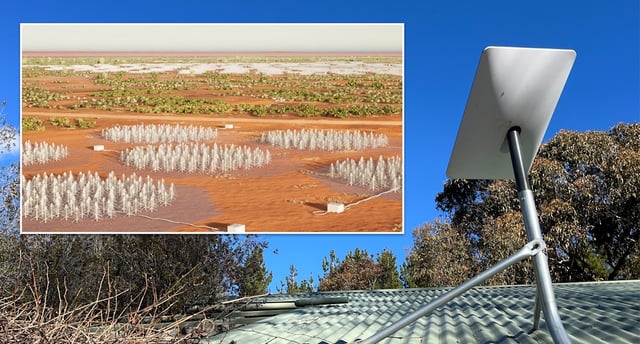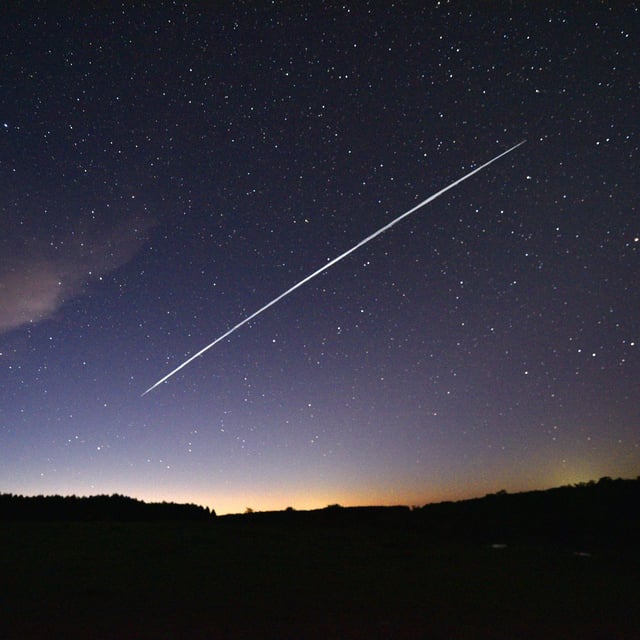Overview
- Curtin University researchers analyzed 76 million SKA-Low prototype images over four months and cataloged 112,000 unintended emissions from 1,806 Starlink satellites.
- Onboard electronic leakage has been detected at 150.8 MHz and other protected frequencies, producing interference levels up to five orders of magnitude above cosmic signals.
- Starlink added 477 satellites during the study period, bringing its constellation above 7,000 and making it the leading source of low-frequency emissions in orbit.
- Current International Telecommunication Union rules cover only intentional transmissions, leaving unintended satellite emissions unregulated and spurring calls for policy reforms.
- Scientists and industry partners, including a new SpaceX–SETI consortium, are proposing coordinated engineering standards and international rule updates to safeguard radio astronomy.



